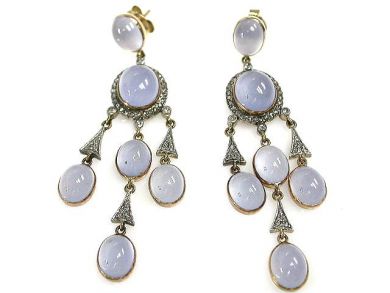Walk through any museum or store selling some vintage engagement rings, and you’ll quickly notice how elaborate and beautiful every piece can be. Handmade jewellery from antique eras shines brilliantly, but buying authentic pieces can be a difficult task. This guide aims to help anyone identify jewellery, including which qualities are most useful in determining which era your jewellery comes from.
Basics
During the 1930s, and even as early as the 1700s, costume jewellery fashioned after real pieces became fairly common place at public gatherings. There were a variety of reasons for that, but essentially jewellery production had three grades that corresponded with the materials used: fine, semi-precious and base. When you’re looking at antique engagement rings, a good question to ask about is the type of stone used. The answer to that question can give some clues on whether the piece is an authentic piece or costume jewellery.
Style
World War II greatly disrupted the flow of precious metals and gemstones throughout the world, so gold was in short supply in the post war era for about one or two decades. During that time, jewelers would frequently combine silver and gold to make a new metal called vermeil. According to Cynthia Findlay Antiques, one clue that a piece is post war is that is contains more metal than gemstone because of the supply challenges from Europe to the US.
Inspirations
Custom jewellery from Toronto is designed to look like the real thing, but these pieces are inspired by the era rather than a direct copy. Custom jewellery can be handed down from generation to generation, just like antique counterparts. If you like the style of vintage rings but can’t find a specific one you like, create one. Skilled jewelers can duplicate the methods used back then, creating one-of-a-kind pieces made specifically for you.
